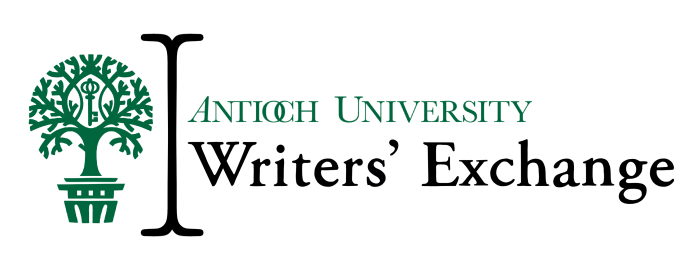You’ve already written a proposal, so you probably have an idea that each chapter has a distinct purpose. However, don’t be fooled into thinking the literature review of the proposal becomes the Chapter II of the dissertation. Just consider how much has changed within the study and your understanding of the field during the expanse of time from proposing to conducting the research to now writing about it. You’re a different writer, and you’ll probably delete material that is no longer relevant. Accordingly, your proposal’s methodology should also be revised to accurately present what occurred. If anything, pay careful attention to verbal tenses.
The dissertation should provide a sense of your journey as a researcher, and if you look at each section contributing to a whole, you’ll see that there’s a formula at work. One chapter leads to the next, and the final chapter should motivate revision of the initial chapter. Above all, think about yourself as taking control of your reader’s journey:
- Your reader needs background and explanation of the topic, the field and the problem; thus, Chapter I and the Introduction. WEX recommends that you write parts of Chapter I early on but spend quality time revising it after you’ve written Chapter V so that there’s a unified presentation.
- Next an academic reader wants validation that your study fits into a context of other research, the theoretical underpinnings of the field, and specific ways that your research contributes to the field; thus, Chapter II and the Literature Review.
- Once the reader has the context of the study, it’s time to learn how the research was conducted and how those methods are sanctioned in the field. Remember, the academic reader is a cautious, if not a skeptical thinker, finding confirmation of a thesis through others’ validations; thus, Chapter III and the Methodology
- You have the reins now: you have the reader convinced that the study has merits – within the field and its approaches. Chapter IV provides you the space to establish yourself as an expert by presenting and elaborating on your research. It’s a powerful place to be. Take the reins and lead your reader through an explicit presentation of your findings. You have the floor, so take your time in explaining, analyzing, synthesizing information. Summarize your findings with the purpose of illustrating how they contribute to the larger field.
- And finally, because you are also an academic, you are also highly engaged as a reflective researcher. In Chapter V, you reflect in summarizing themes of your study with the distinct purpose of offering implications for future studies. What are the strengths of the study, what aspects are missing, what future projects should be considered? Only you can share this, and it’s an incredibly powerful position as a writer to acknowledge the value of what you’ve completed and how this research can recommend future projects.





